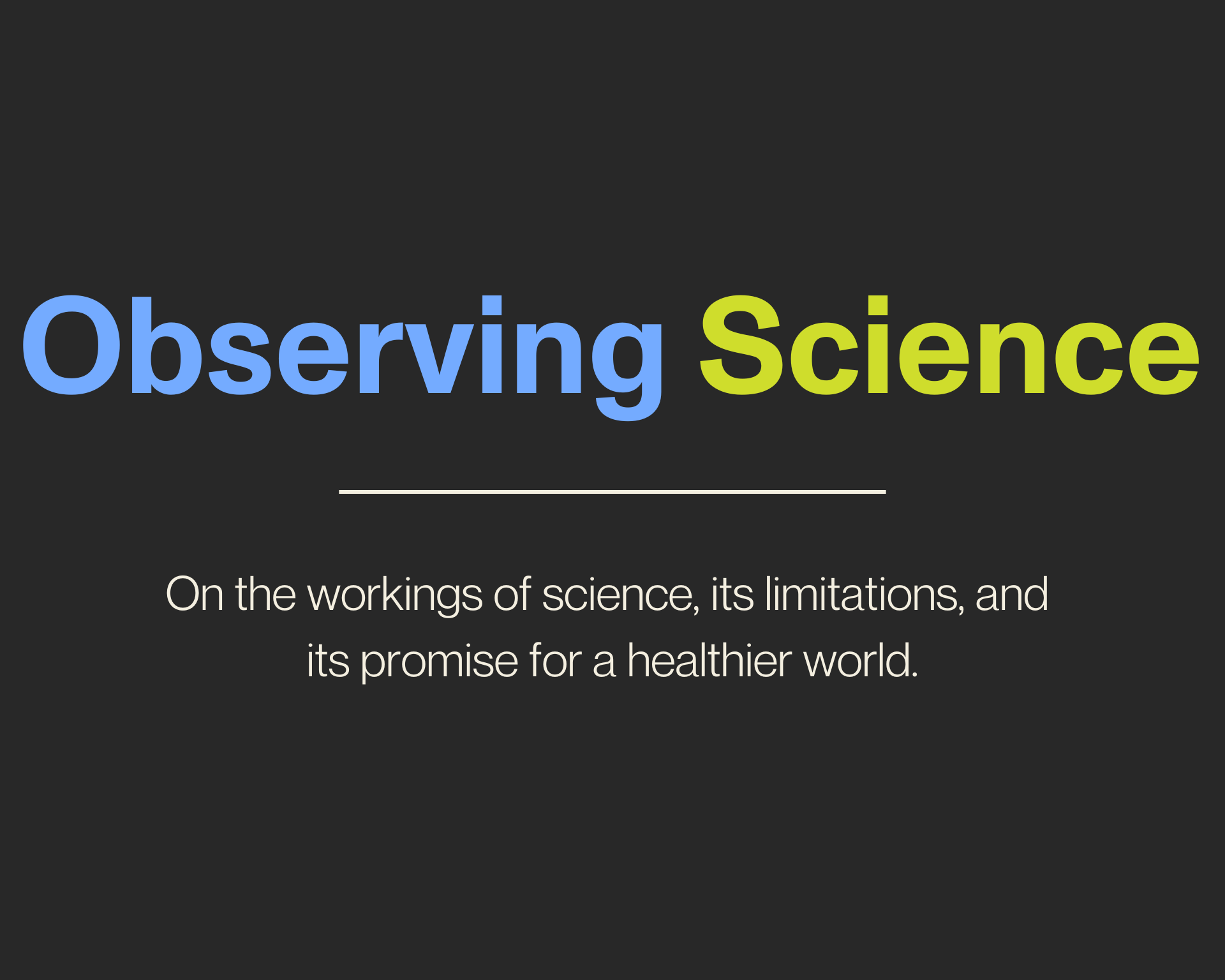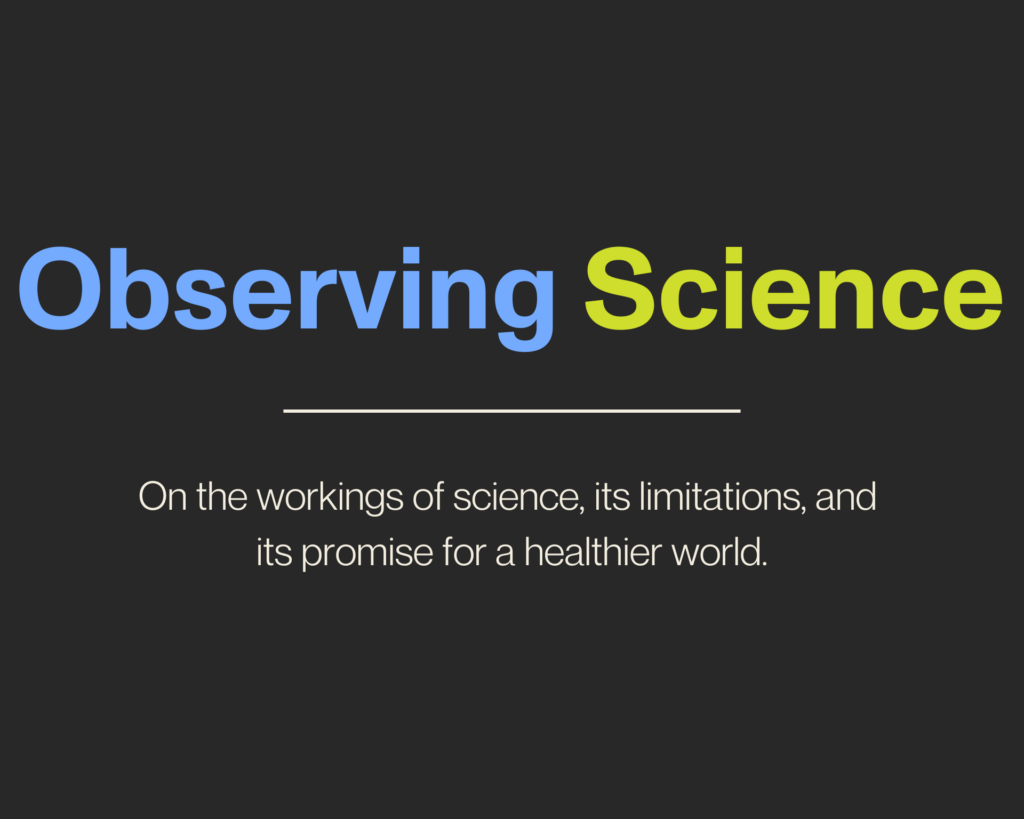The Curious Case of Scientific Publishing
On the process of scientific publishing, its strange mechanics, and who is responsible for sponsoring and supporting this work.

Read Time: 4 minutes
Published:
For more than a century, science has been communicated through peer-reviewed publications published in academic journals. The process works as follows: the scientist does their work, writes it up, and then submits it to a journal. The journal editor decides whether to send the paper out for review, and reviewers are solicited to offer suggestions and edits, and to iterate with the authors. Eventually, the editor decides whether to publish or not.
This process has strange mechanics. The authors who submit the content to the journal are not paid to generate that content by the journal; neither are the peer reviewers (with few exceptions). Editors of established journals are paid, but very few journals have the scale and scope to have full-time editors, with most journal editors receiving partial compensation. All of this is then published in journals, which are owned, in most cases, by private companies that profit from the publications. How does this work financially? It works because scientists who write and peer-review the papers are paid by universities and can do this work by essentially volunteering for the companies that own the journals.
In an odd, recent twist, to publish their paper “open access”—that is, so anyone can read it without a subscription to the journal and perhaps reach a wider readership—authors have to pay the journal. Centrally, though, publishers make money by selling access to their journals to universities, essentially selling back to universities the work that they already paid their scientists to do. This has led some universities to push back against big publishers, particularly Elsevier, which publishes some 3,000 journals and contributes to more than a third of the profits of its parent company RELX.
So, science depends on someone (usually universities, sometimes private companies) paying scientists to write and peer-review papers, effectively subsidizing publishers, who then make a profit by selling this free content. Universities pay scientists through a combination of their tuition revenue and their grant dollars, meaning that the whole exercise is supported by the general public (through paying for tuition) and mostly the government (which is also, of course, the general public through taxation).
This is not that different, seen charitably, than any other way that the public, through the government, subsidizes innovation. Technological innovation in pharmaceutical development, for example, rests strongly on the government subsidizing early work. And yet, this system of indirect public subsidy of the publication process has often been vexing, with calls for a better system, even as none have yet materialized.
In fact, scientific publishing is becoming more, not less, concentrated in the hands of a few for-profit publishing houses. Today, more than half of all scientific publications are in a journal owned by Elsevier, Wiley-Blackwell, Springer, Taylor & Francis, or the American Chemical Society. That proportion was 15% fifty years ago. This concentration of publications in the hands of a few is not unique to the more traditional publishers. As Google Scholar (also owned, of course, by the for-profit company Alphabet) grows as an important archiver and search engine, it “overshadows” all other search engines, archiving nearly half a billion articles.
It remains to be seen what shape scientific publishing takes over the coming century. Certainly, the current system seems both robust and to be embedding itself ever deeper into the fabric of science. Scholars need to publish in elite (read: older) journals to get ahead, and the companies that own these profitable journals are not likely to stop growing any time soon. In the spirit of Observing Science, it seems worth being transparent about the mechanics of publishing and to note that, effectively, the public purse is sponsoring the work of private actors to publish science. Whether this practice remains supportable in decades to come remains to be seen.
Previously in Observing Science: On Apostasy




